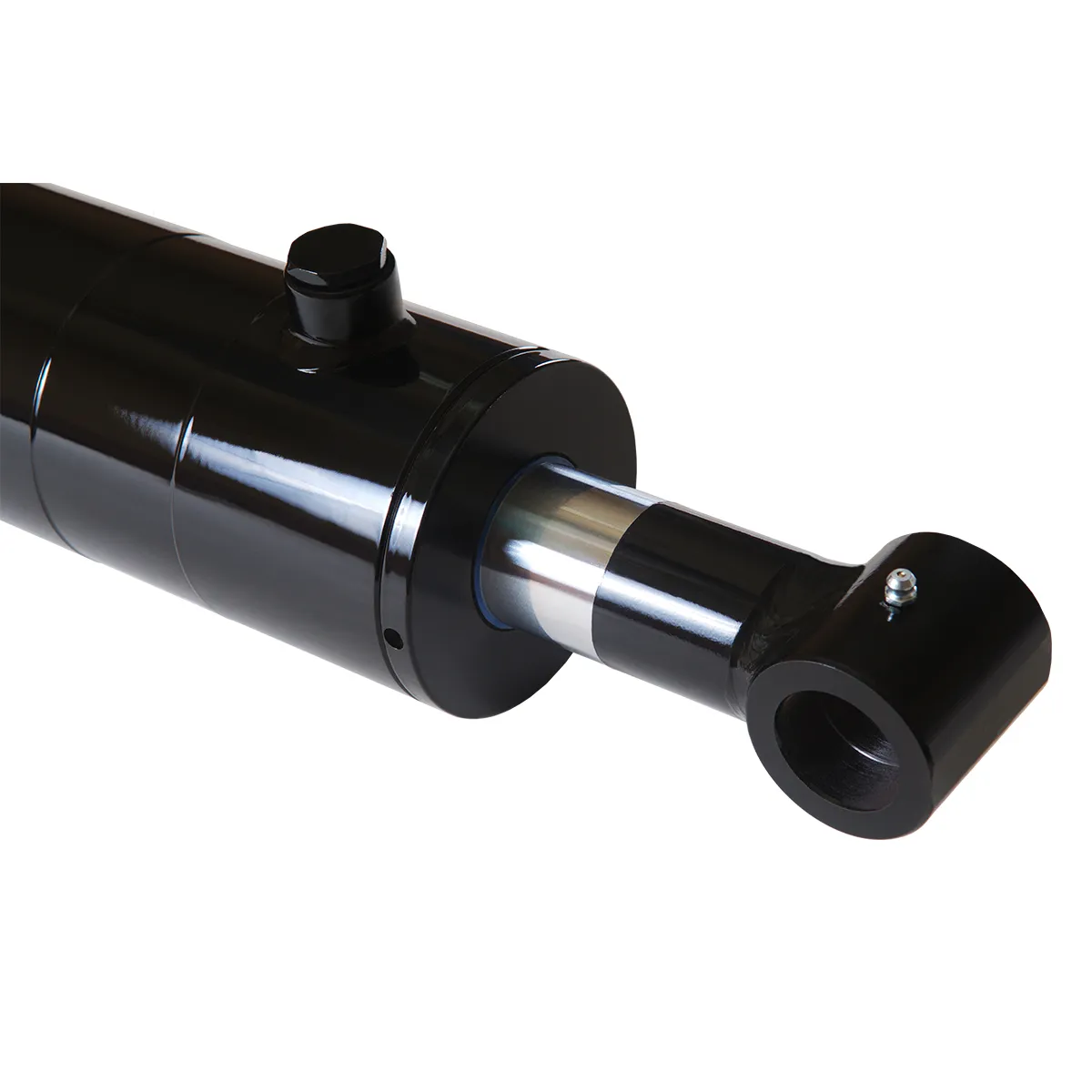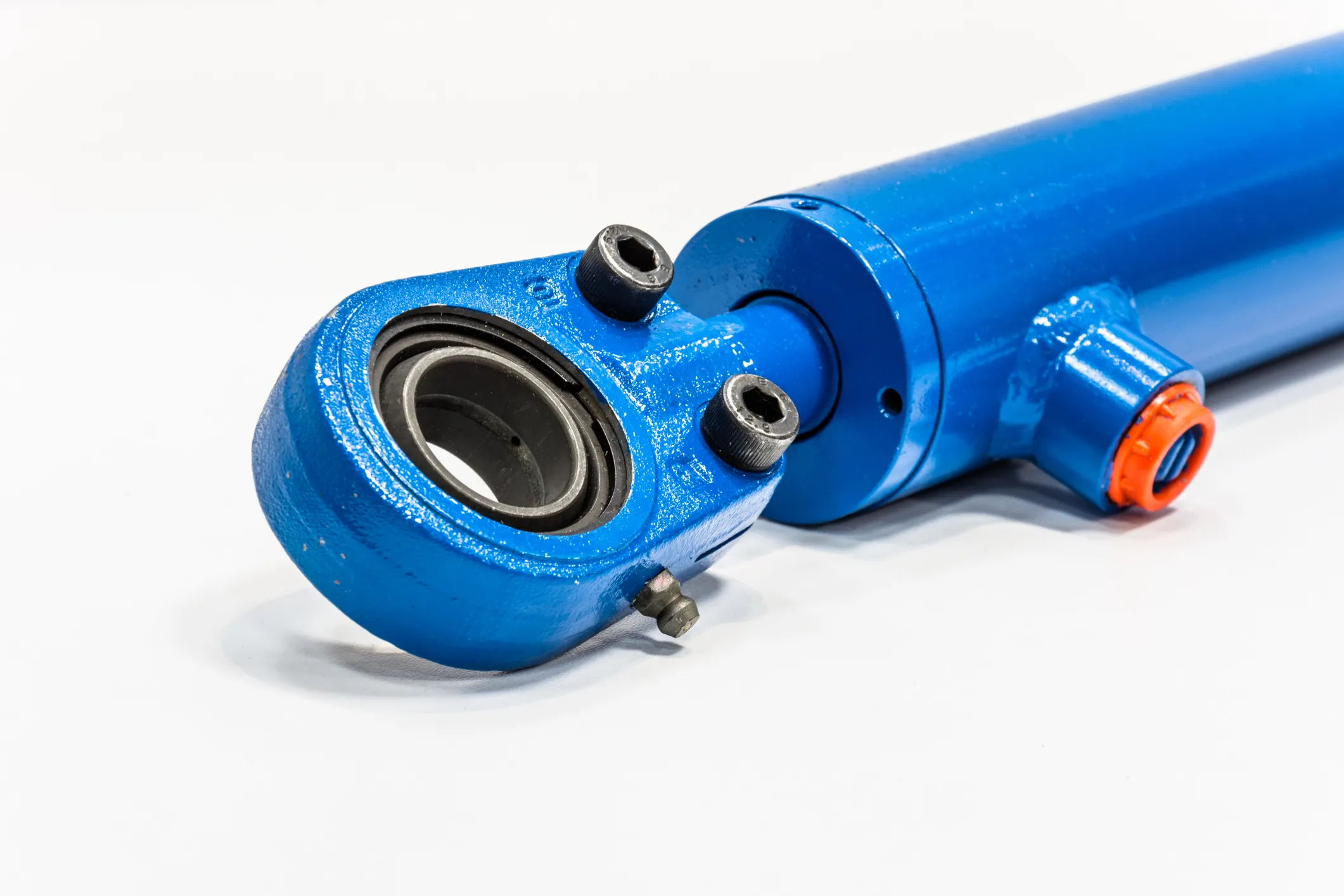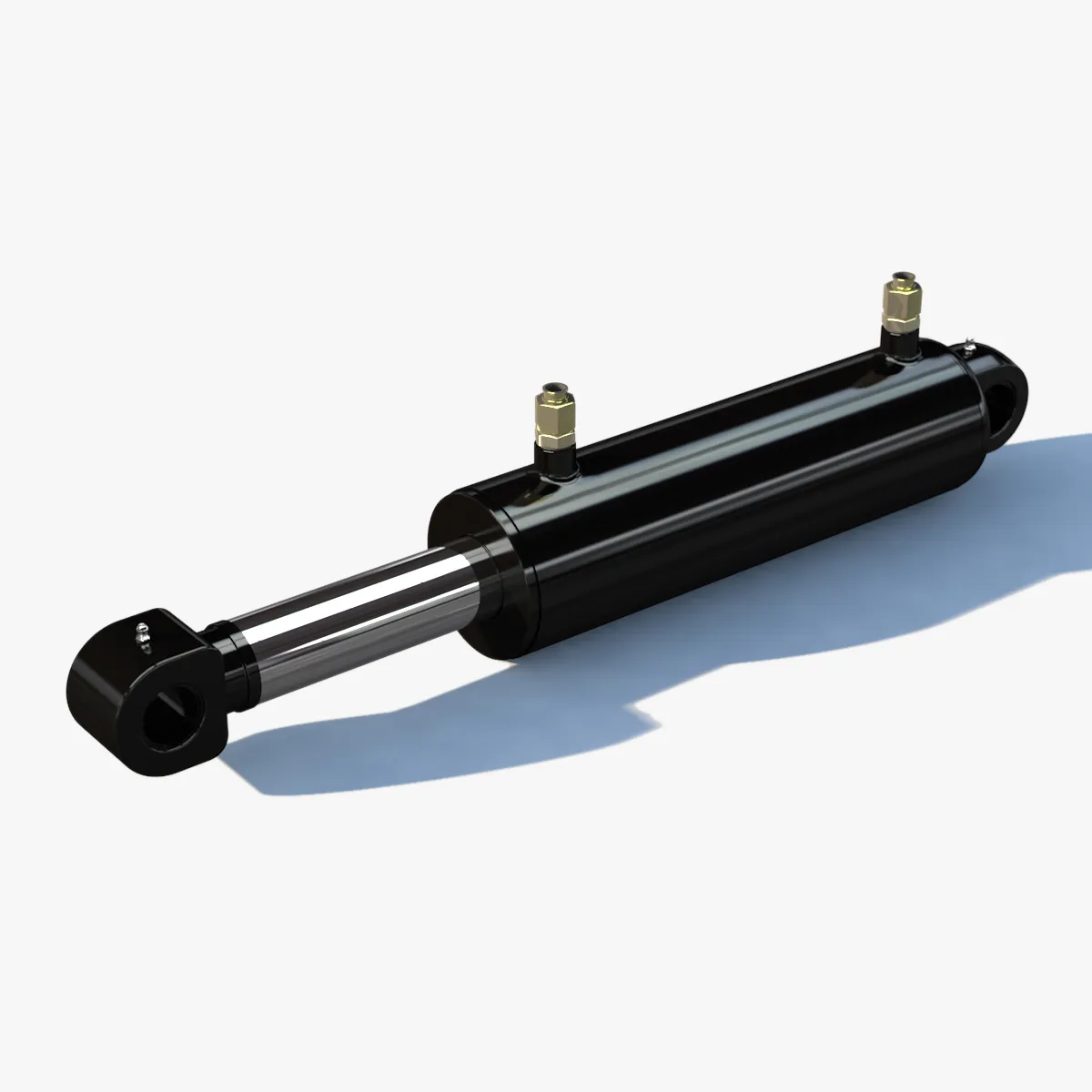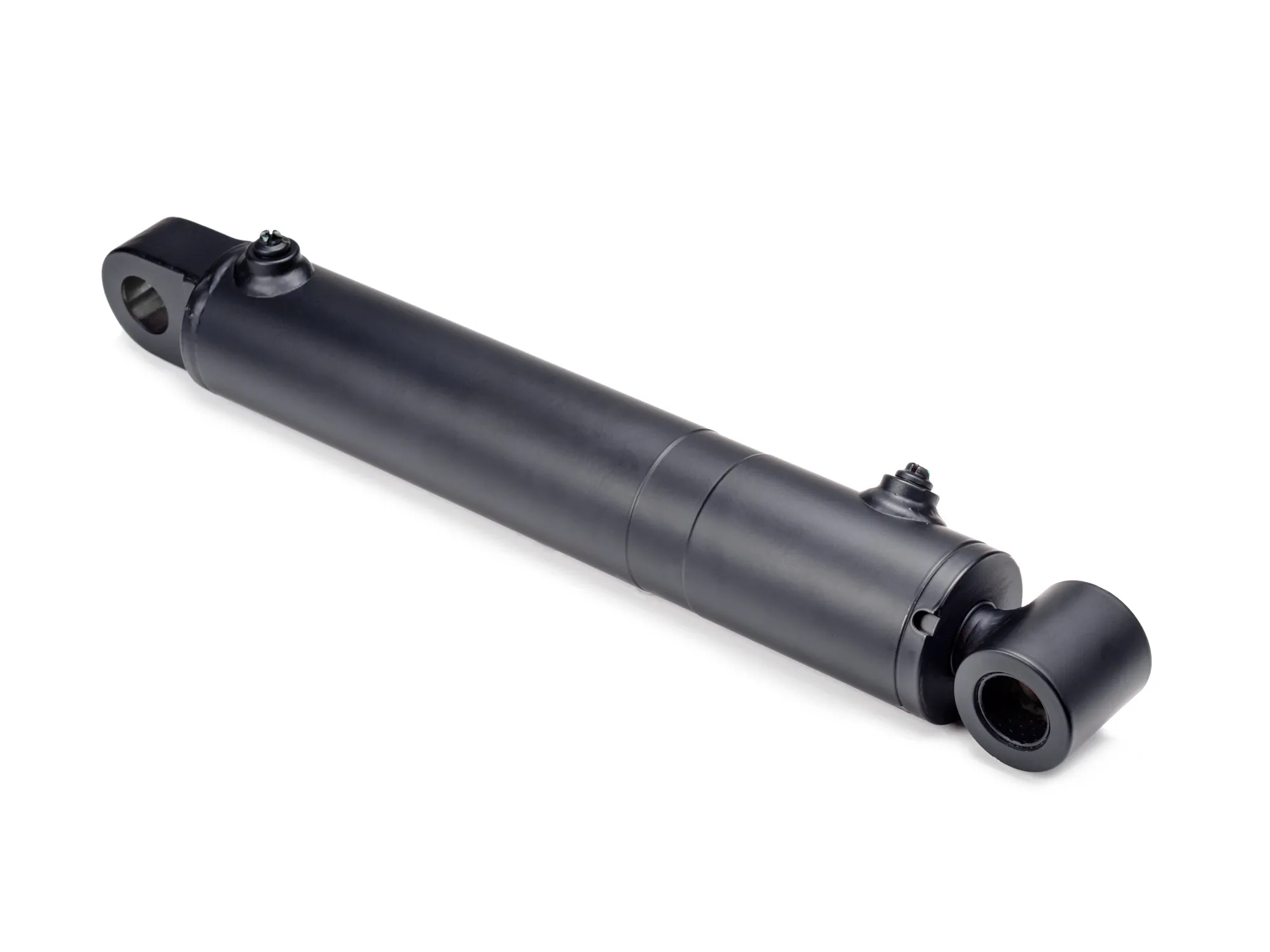The Importance Of Hydraulic Testing In Telescopic Cylinder Applications
Introduction to Telescopic Single-Acting Hydraulic Cylinder

In hydraulic applications, the telescopic single-acting hydraulic cylinder plays a crucial role. These cylinders are designed to provide a compact yet powerful solution for various industries. The telescopic action allows for gradual expansion, making them versatile in different applications.
Design and Construction Characteristics
The design of telescopic single-acting hydraulic cylinders involves several key components. The outer cylinder, internal stages, piston, and seals are carefully constructed to ensure efficient operation. Materials like high-strength steel and aluminum are used to enhance durability and corrosion resistance.
- Outer Cylinder: The main shell of the cylinder
- Internal Stage: Allows for gradual expansion
- Piston: Pushes hydraulic fluid
- Seals: Prevent leaks and maintain pressure
Working Principle
Telescopic single-acting hydraulic cylinders work by applying hydraulic pressure in one direction, allowing for extension and contraction. The telescopic action enables them to generate high force output while remaining compact in size.
Types and Configurations
There are three main types of telescopic single-acting hydraulic cylinders, each with unique configurations suited for specific applications. Understanding these variations can help in selecting the right cylinder for the job.
Advantages of Telescopic Single-Acting Hydraulic Cylinders
- Space Efficiency: Ideal for compact spaces
- High Force Output: Generates significant force
- Versatility: Widely used in different industries
Application Scenarios
Telescopic single-acting hydraulic cylinders find applications in various industries and environments, from construction to marine settings. Their adaptability and performance make them a popular choice for demanding tasks.
Design Considerations and Selection Criteria
When choosing a telescopic single-acting hydraulic cylinder, factors like bearing capacity, durability, and safety must be carefully considered. Proper selection ensures optimal performance and longevity.
Sealing and Lubrication
Seals play a crucial role in preventing leaks and maintaining the efficiency of telescopic cylinders. Regular lubrication and maintenance are essential to ensure smooth operation and extend the lifespan of the cylinders.
Installation Guide

Proper installation of telescopic single-acting hydraulic cylinders is vital for their performance and safety. Following the recommended guidelines can help avoid issues and ensure optimal functionality.
Maintenance Tasks
Regular inspection, lubrication, and seal replacement are essential maintenance tasks for telescopic cylinders. By following these procedures, users can prolong the service life of the cylinders and prevent potential problems.
Safety Considerations
Ensuring safety measures are in place when using telescopic single-acting hydraulic cylinders is crucial to prevent accidents and injuries. Adhering to best practices and guidelines can help maintain a safe working environment.

Unit Power and Optimization
The unit power of telescopic single-acting hydraulic cylinders directly impacts their performance and efficiency. Optimizing the power unit can lead to improved output, energy savings, and enhanced reliability in operation.
Fault Diagnosis and Common Problems
Identifying and addressing common issues with telescopic single-acting hydraulic cylinders is essential for maintaining their performance. By understanding potential faults and troubleshooting solutions, users can effectively resolve problems and prevent downtime.
Company Focus
Our company specializes in hydraulic cylinder replacement and has established itself as a leading manufacturer and distributor in the industry. With a comprehensive product line and dedication to quality, we strive to meet the diverse needs of our customers worldwide.
Author: lyl

